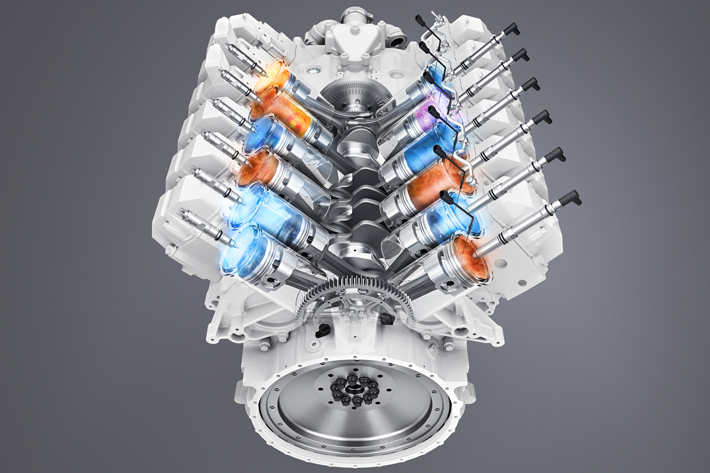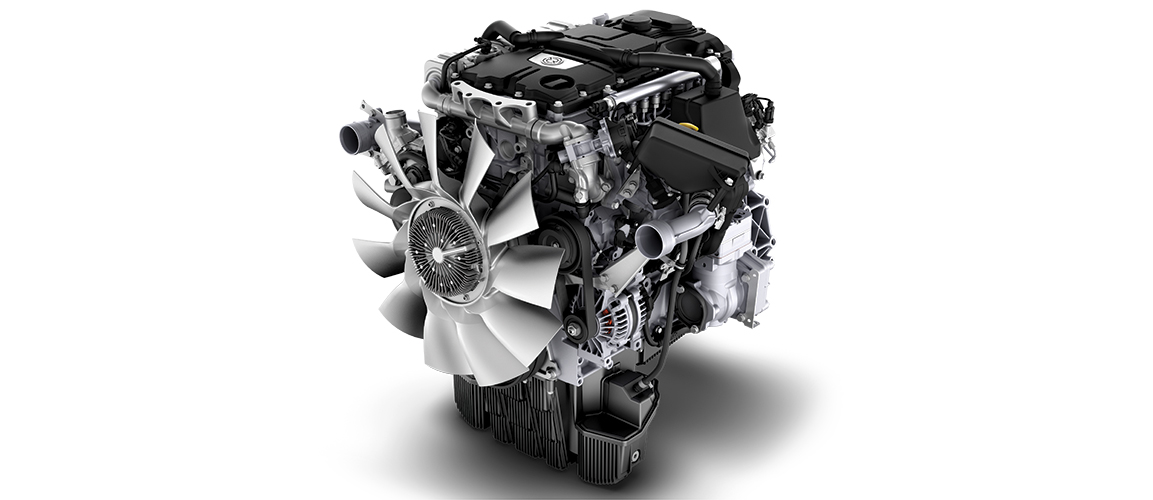Engines for Africa at Competitive Rates: Your Preferred Automobile Parts Shop
Engines for Africa at Competitive Rates: Your Preferred Automobile Parts Shop
Blog Article
The Quest for Ultimate Driving Power: Checking Out the Pinnacle of Engine Performance and Technological Developments in the Automotive Sector
In the world of auto design, the quest of optimum driving power has been a ruthless pursuit that has unravelled through the development of engine design and the combination of innovative technologies. From the careful craftsmanship of combustion engines to the quick advancements in electric propulsion systems, the automobile sector stands at the cusp of a brand-new era defined by unprecedented efficiency capacities. As engineers and researchers dive much deeper into the worlds of computational liquid dynamics and discover ingenious gas innovations, the horizon of opportunities increases exponentially. Keep tuned as we unravel the intricate tapestry of technological breakthroughs that are forming the future of auto power and performance.
Advancement of Engine Style

Additionally, the combination of turbocharging and supercharging modern technologies has actually changed engine layout by improving power without dramatically raising engine dimension. These forced induction systems compress the consumption air, enabling more gas to be ignited, therefore producing higher power output from a smaller sized engine. This innovation has been especially important in enhancing the efficiency of smaller displacement engines while preserving fuel efficiency requirements.

Performance-Enhancing Gas Technologies
The execution of innovative gas technologies has actually dramatically added to boosting engine efficiency in modern automobiles. From standard gasoline and diesel to ingenious biofuels, artificial fuels, and hydrogen, the automobile sector is witnessing a revolution in gas options. Biofuels, originated from sustainable resources like corn, algae, or sugarcane, deal boosted and decreased emissions engine effectiveness. Artificial gas, generated through chemical processes, give high octane scores, boosting power result. Hydrogen fuel cells, although still in the beginning of fostering, reveal wonderful promise due to their zero-emission nature and potential for high efficiency. Additionally, fuel ingredients and cleaning agents are being developed to clean engine elements, maximize combustion, and decrease rubbing, therefore improving general car performance. With recurring study and advancement, the pursuit for the best driving power proceeds, as engineers aim to unlock the full potential of performance-enhancing fuel technologies in the auto sector.
Advancements in Electric Propulsion
Considerable strides in electrical propulsion innovation have actually revolutionized the automotive industry, leading the way for a brand-new age of effective and sustainable transportation. Electric cars (EVs) are obtaining popularity because of their ecological benefits and advancements in battery innovation, making it possible read review for longer driving varieties and much shorter charging times. Makers are spending greatly in r & d to boost the performance of electric propulsion systems, focusing on visit the website enhancing power outcome, enhancing power efficiency, and lowering general weight.
One noteworthy breakthrough in electrical propulsion is the development of sophisticated electrical motors that deliver higher torque and power density, leading to improved velocity and overall driving performance. In addition, regenerative stopping systems have actually been fine-tuned to catch and save power throughout deceleration, more enhancing the performance of EVs.
Furthermore, the assimilation of smart modern technologies, such as expert system and predictive analytics, is maximizing the management of electrical propulsion systems, making certain ideal efficiency under numerous driving conditions. These advancements in electrical propulsion are reshaping the vehicle landscape, driving the industry towards an extra sustainable and electrified future.
Effect of Computational Fluid Characteristics
With developments in electric propulsion pushing the boundaries of vehicle technology, the assimilation of Computational Fluid Dynamics is playing an essential function in optimizing wind resistant performance and boosting general efficiency in automobile style. Computational Fluid Dynamics (CFD) entails making use of computer system simulations to assess the circulation of air around a vehicle, making it possible for engineers to forecast exactly how layout changes will certainly influence aerodynamics without the requirement for pricey physical prototypes. By properly modeling air movement patterns, CFD allows for the refinement of automobile shapes to reduce drag, enhance air conditioning, and boost stability.
One key benefit of using CFD in car style is the ability to repeat quickly, discovering many style variations to recognize one of the most aerodynamically reliable options. This repetitive process leads to cars that are not just sleeker and extra aesthetically attractive yet also much more fuel-efficient and eco-friendly. CFD makes it possible for engineers to maximize air movement around components such as radiators, engine bays, and wheel wells, adding to improved performance and overall driving experience. Finally, the assimilation of Computational Liquid Characteristics represents a significant action ahead in the quest for ultimate driving power and efficiency in the automotive market.
Future Patterns in Engine Technology
In the dynamic landscape of automobile design, sophisticated developments are forming the future trajectory of engine innovation. The future of engine style is noted by a strong focus on sustainability, performance, and efficiency. Producers are progressively concentrating on establishing engines that not just deliver high power outcomes yet additionally focus on environmental responsibility by decreasing exhausts and boosting gas efficiency.
One famous trend in engine this development is the rise of electrification. Hybrid and electrical powertrains are getting traction as viable alternatives to typical combustion engines. These modern technologies use the potential for significant reductions in carbon discharges and raised power performance, aligning with worldwide initiatives to combat climate modification.
Additionally, developments in products scientific research and manufacturing techniques are enabling the manufacturing of lighter and more resilient engine parts. This shift towards light-weight products such as carbon fiber and aluminum alloys adds to enhanced performance and gas economic climate.
Conclusion
Finally, the quest of best driving power in the auto field remains to drive developments in engine style, fuel modern technologies, electrical propulsion, and computational liquid characteristics. The evolution of these technologies is forming the future of engine development, leading the means for more effective and efficient cars (engines for africa). As the industry continues to push the borders of what is feasible, we can anticipate to see a lot more revolutionary advancements in the mission for peak efficiency
One of the crucial landmarks in engine design advancement is the change from conventional carbureted engines to modern fuel-injected systems. By specifically metering the fuel distribution to each cylinder, fuel-injected engines maximize burning, resulting in better performance and decreased ecological effect.
In addition, the combination of turbocharging and turbo charging modern technologies has transformed engine design by boosting power without substantially raising engine size (engines for africa).The execution of sophisticated fuel technologies has actually dramatically contributed to boosting engine performance in modern-day automobiles. In addition, gas ingredients and detergents are being developed to tidy engine components, enhance burning, and lower friction, consequently enhancing total car performance
Report this page